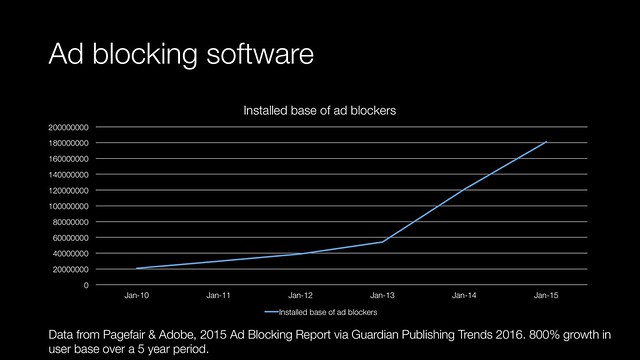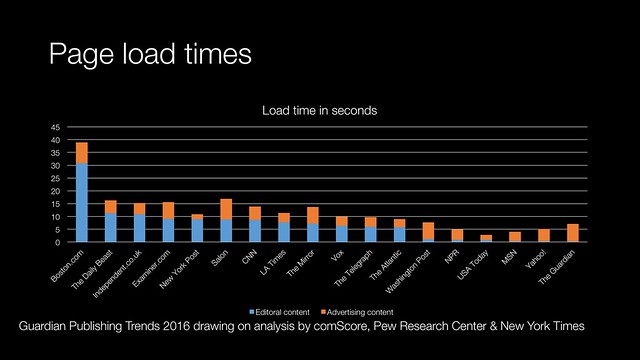The idea for 6 things learned in a corporate environment came from having spent four months working day-in, day-out onsite at a large corporate.
-
- The working environment is very different to an agency. My desk had to become much more portable. Since the space was all hot-desking with only team PAs assigned permanent desks. This meant no reference charts stuck up or post-its around the monitor. Instead I boiled my process down to the laptop, a notebook that acted as my organisation memory and a day book that focused on my tasks. That was it, no further paper work
- Many of the traditional spaces for memos weren’t available. So the back of a toilet door with its regularly updated notices was a lifeline to what was happening where. The coffee machine, once a traditional networking point was less useful as hot desking meant that your serendipitous meetings are random in nature. They often lack the depth of what you have an agency environment. These aren’t shallow people, its a level of impermanence built into the working space
- The importance of mobile was brought home to me. Each desk space had a phone. You keyed in your number and a PIN and your direct dial number moved with you. But 20 per cent of these phones were out of action at any given time. This wasn’t a problem as people tended to use their mobile phones a lot. We used to talk a lot, over bridged conference call numbers. You would see people on calls pacing the floor listening and talking on their calls via headsets plugged into their mobile handsets. For the first few minutes it feels slightly weird
- Sustainability and being environmentally friendly were more than having a prominent recycling bin. There is an application that reminded me any time I printed something just how bad I was for the environment. Being green was thoughtfully built into processes rather than bolted on as an afterthought
- Admittedly, my time at Yahoo! was in a very different company and culture, but being a client is very much a team sport. You only have a limited amount of control, a lot of work has to be done by consensus and through a process. You feel like a very small cog in that process and every small gain was an appreciable win. Making this happen takes up an inordinate amount of time
- It seemed to be timely when writing this post that I read this article Silicon Valley Has Not Saved Us From a Productivity Slowdown – The New York Times – new enterprise software like Workday is still as reassuring clunky as their forebears. Many of the same problems of collaboration and information sharing are still being resolved
What other things learned in a corporate environment have you come across?

